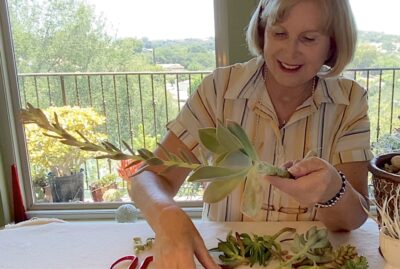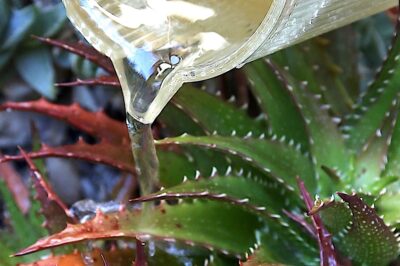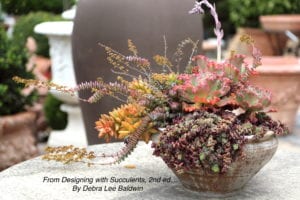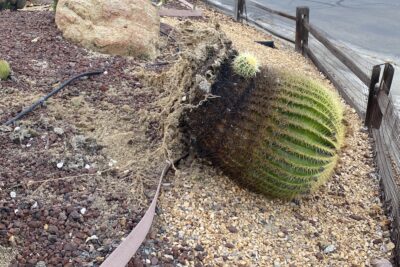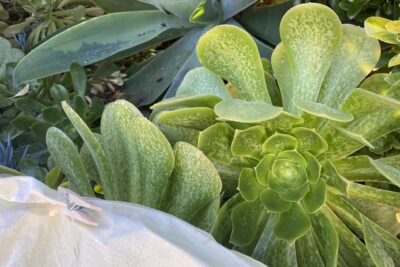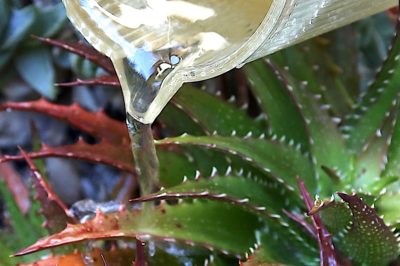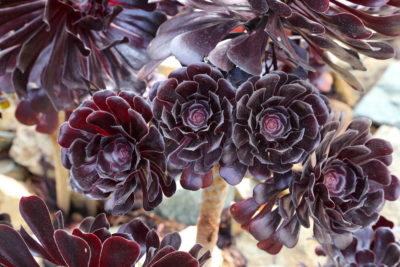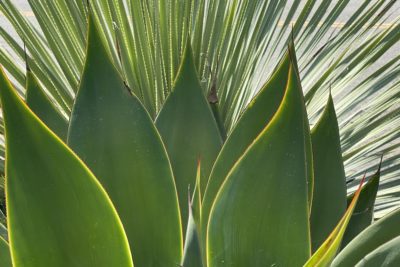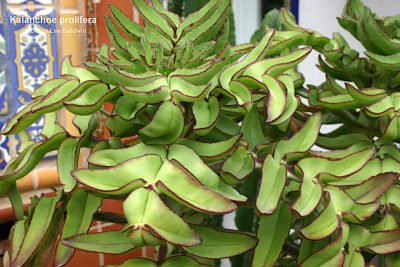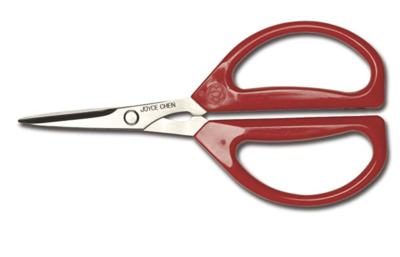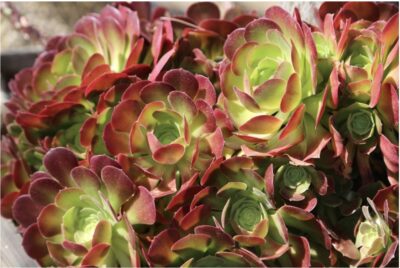Caring for Succulents
Your Spring Succulent and Garden Checklist
Use this Spring Succulent and Garden Checklist to help ensure your plants attain their full, glorious potential and to avoid potential problems in future. Links take you to helpful, explanatory info elsewhere on this site.
Read MorePropagation: What Your Succulents Want You to Know
In my new video I show and explain how your succulents want to propagate, if you help them or not…and whether you like it or not! When propagation happens, you may be delighted or dismayed. Delighted, because you get free plants; dismayed because you get too many. It all comes down to observation. Succulents are…
Read MoreSucculent Spring Feeding
The best times to feed (fertilize) your succulents are in spring when daytime temps stay above 60 degrees F; and again in autumn or winter, right before a rainstorm. Note: Growers fertilize plants more often to promote faster growth. What if I don’t feed my succulents? It doesn’t much matter. They’ll likely grow faster and…
Read MoreHow Much Light Do Succulents Need?
How much light do your succulents need? It depends on the type of plant and where you live. Most haworthias and gasterias prefer shade but can handle some sun along the coast. Many but not all cacti are fine in full desert sun. As a general rule, the majority of soft-leaved succulents want half a day’s sun (in mild climates) and dappled or “bright” shade.
Read More25 Succulent Mistakes and Solutions
My what-not-to-do’s are simple to avoid, but not necessarily easy to remedy. A smart succulent owner learns what can be expensive to fix, might cause prized plants to look dreadful, and could even kill them.
Read MoreOh, No, My Succulents Froze!
Oh, no, my succulents froze! Not good: This morning the birdbath was solid ice and lemons had frozen on the tree. Even those succulents I’d covered have patchy areas indicating damaged tissue. Those not covered (above)
Read MoreWater pH for Succulents
Giving succulents water with an alkaline pH can inhibit the plants’ ability to take up nutrients, leading to less vigorous growth and yellowing. Urban and residential water tends to be alkaline (has a pH higher than 7, which is neutral).
Read MoreWhen Aeoniums Get Leggy
When aeoniums get leggy, cut off the tops, leaving an inch or two of stem, and throw the rest of the plant away, roots and all. Replant each rosette as a cutting. Insert it into the soil, so it sits just above the ground. The best time
Read MoreLate Summer Succulent Care
Excessive heat and sun can do as much damage as winter frosts. Use the summer care tips here and in my video to keep your succulents healthy when late-summer heat hits.
Read MoreSucculents for Hawaii, Florida, Tropics
Will succulents grow in tropical climates like Hawaii and Florida? You might assume so, considering succulents like the same conditions we do when on vacation: Plenty of sunshine, not too hot, breezy and balmy. However,
Read MoreSucculent Lovers’ Favorite Tools
Do you own the favorite tools of your fellow succulent lovers? Consider: We differ from other gardeners in that our prized plants can turn on us. Cacti, agaves, euphorbias and even aloes can act like dogs who resent having their nails trimmed. (I don’t know about yours, but my Chihuahua is a two-person job.)
Read MoreYour Autumn Succulent Checklist
This autumn succulent checklist will help you keep your prized plants snug and healthy during the fall and winter months.
Read More

